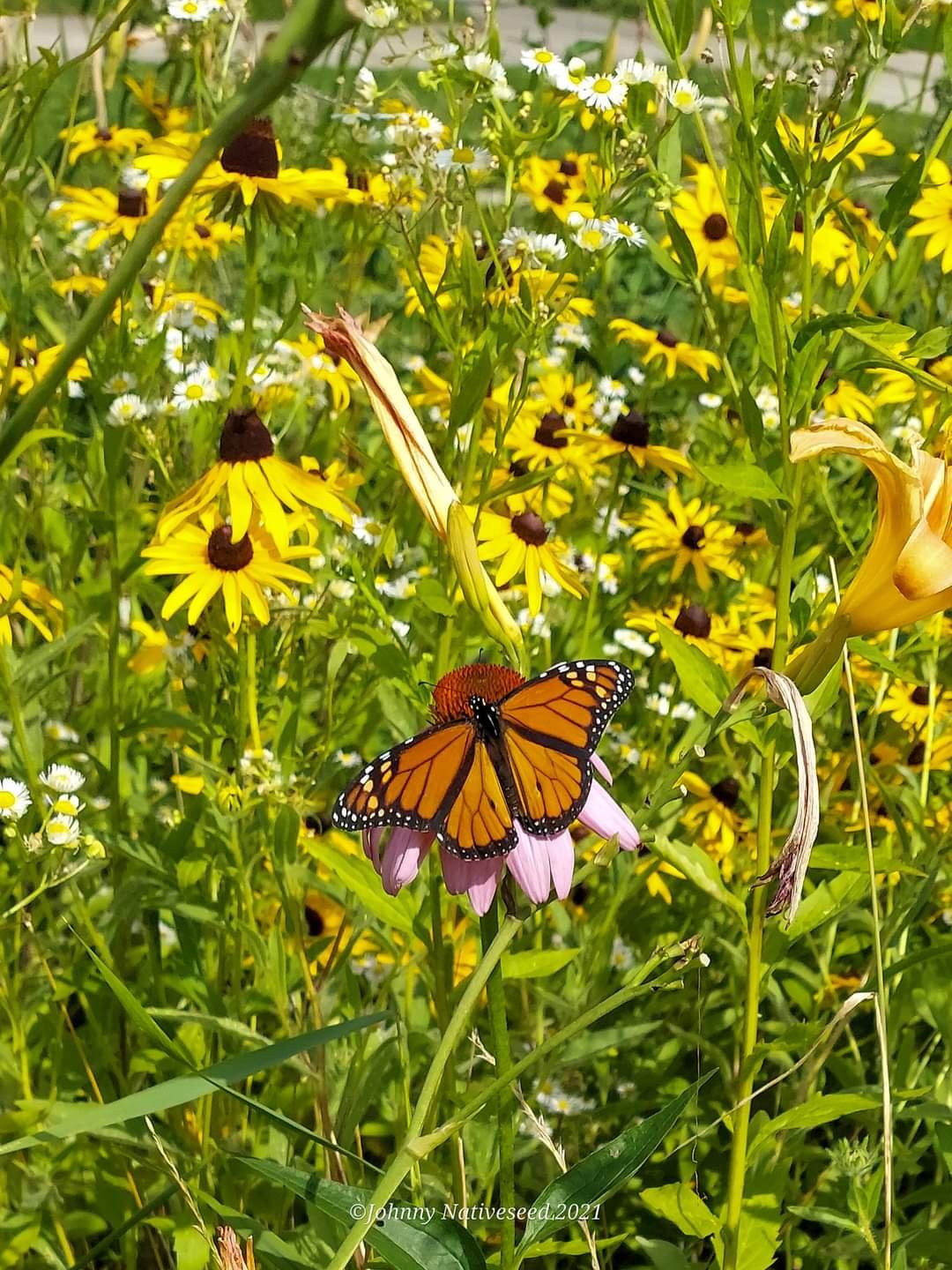 Image 1 of 7
Image 1 of 7

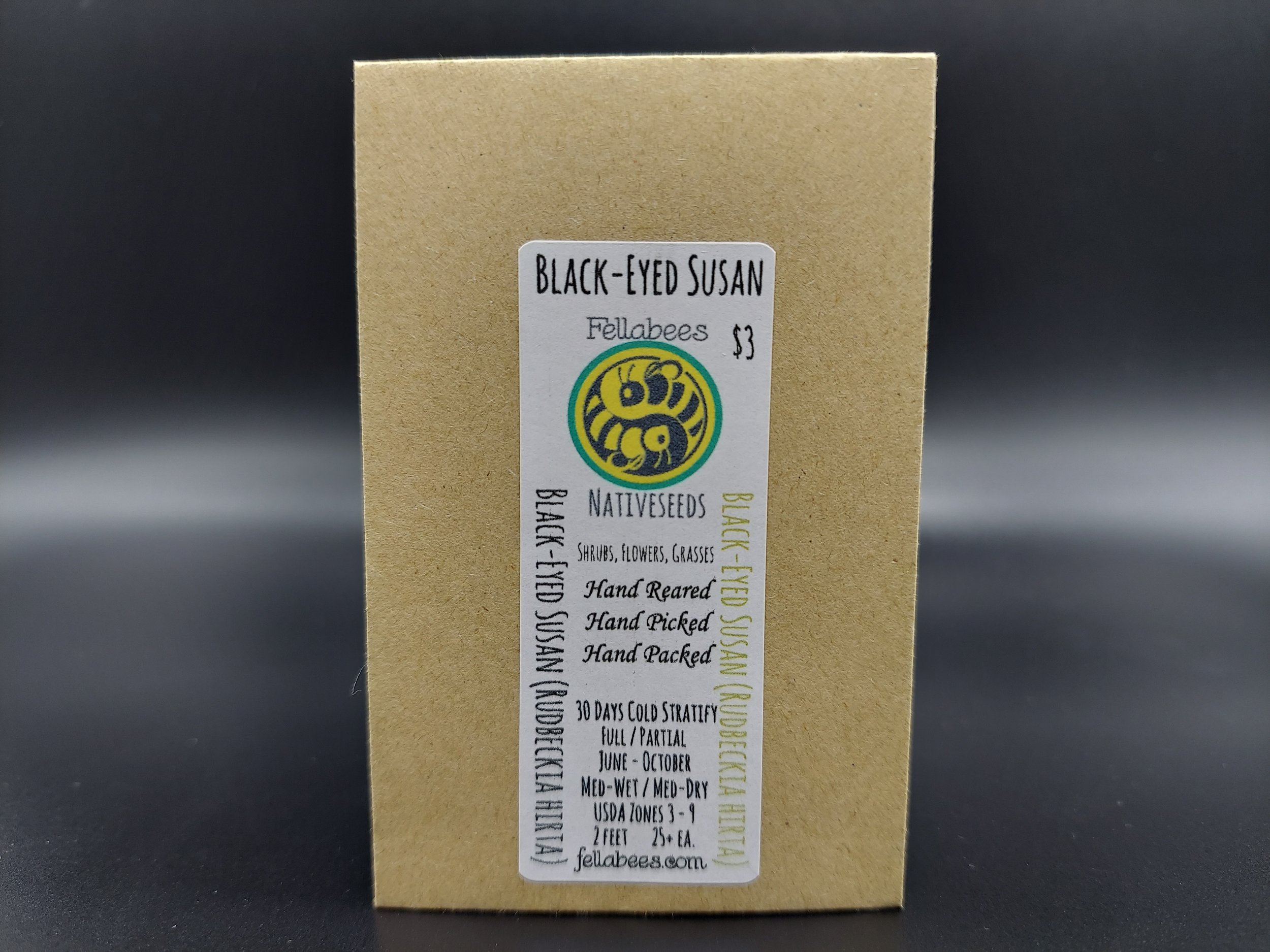 Image 2 of 7
Image 2 of 7

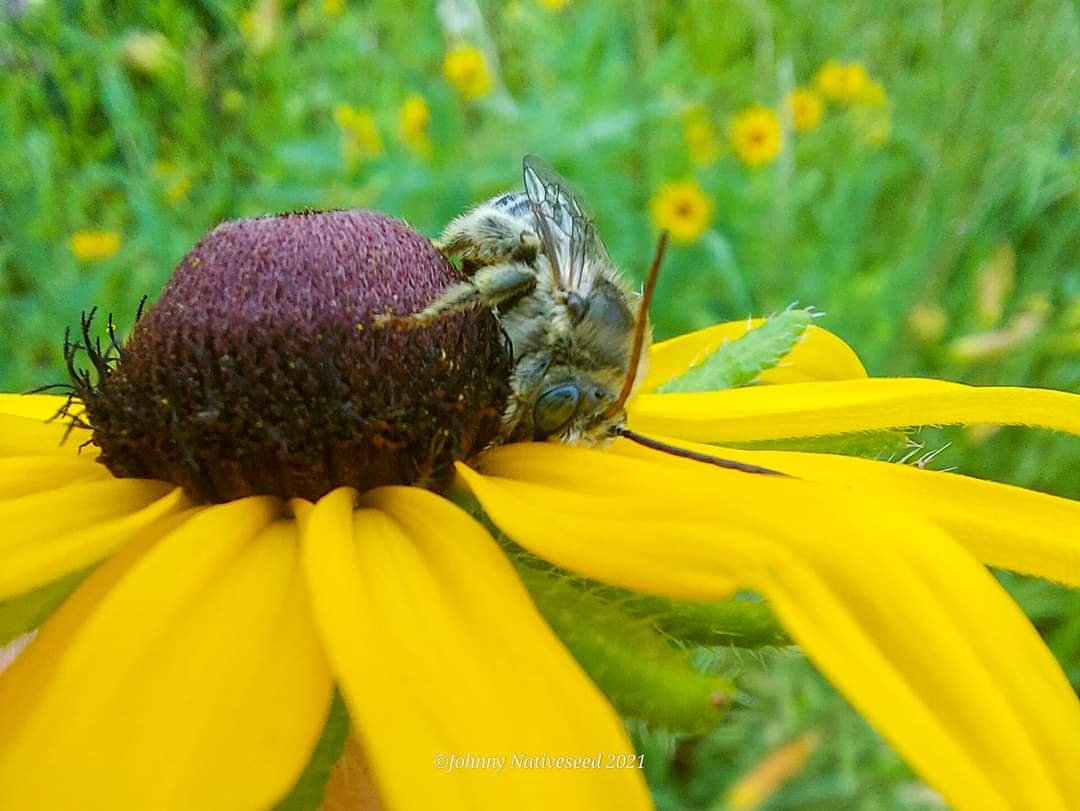 Image 3 of 7
Image 3 of 7

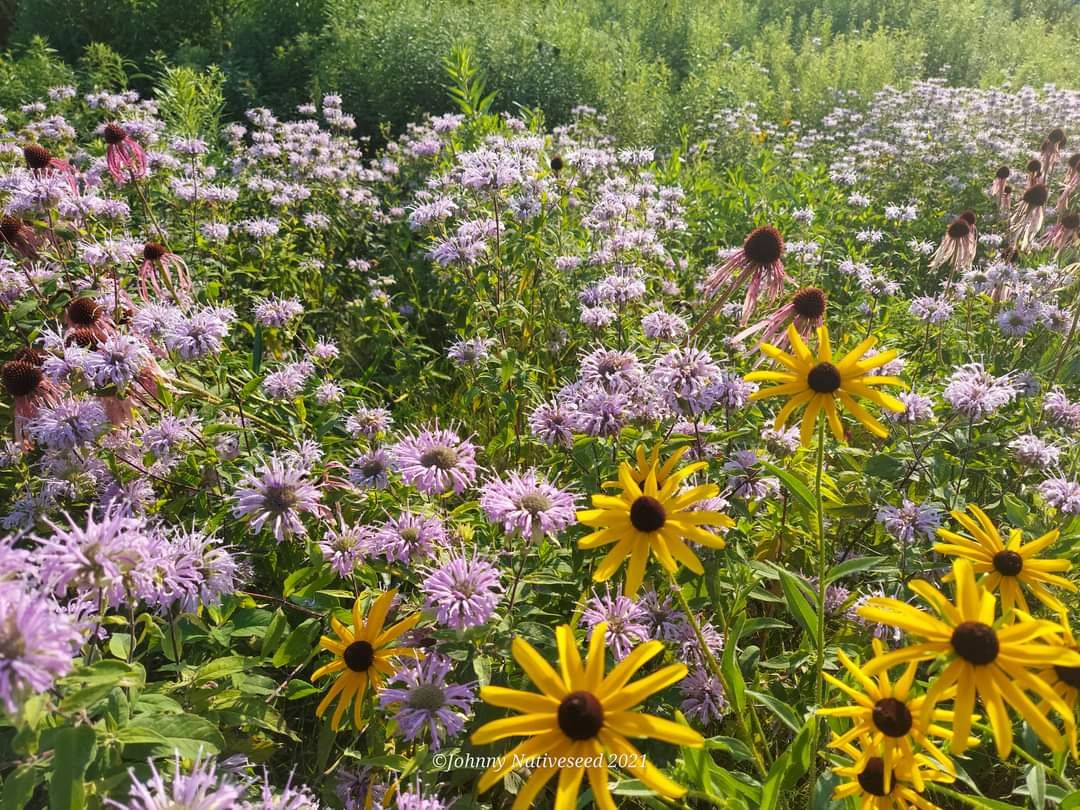 Image 4 of 7
Image 4 of 7

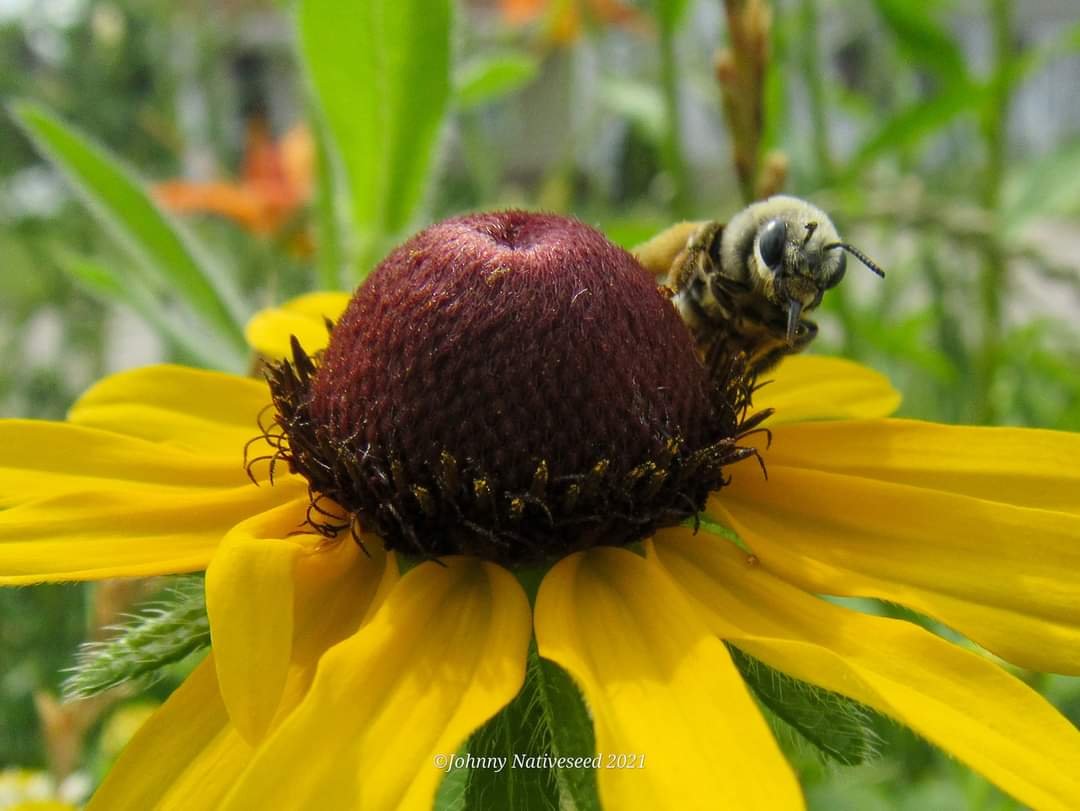 Image 5 of 7
Image 5 of 7

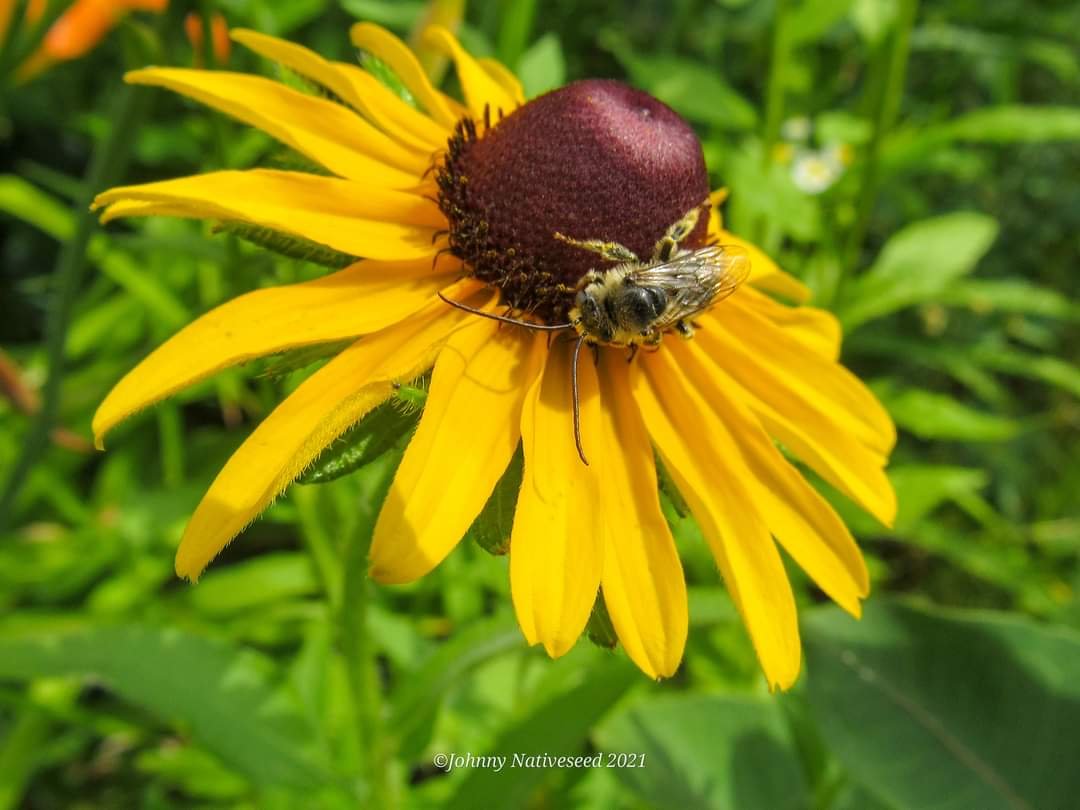 Image 6 of 7
Image 6 of 7

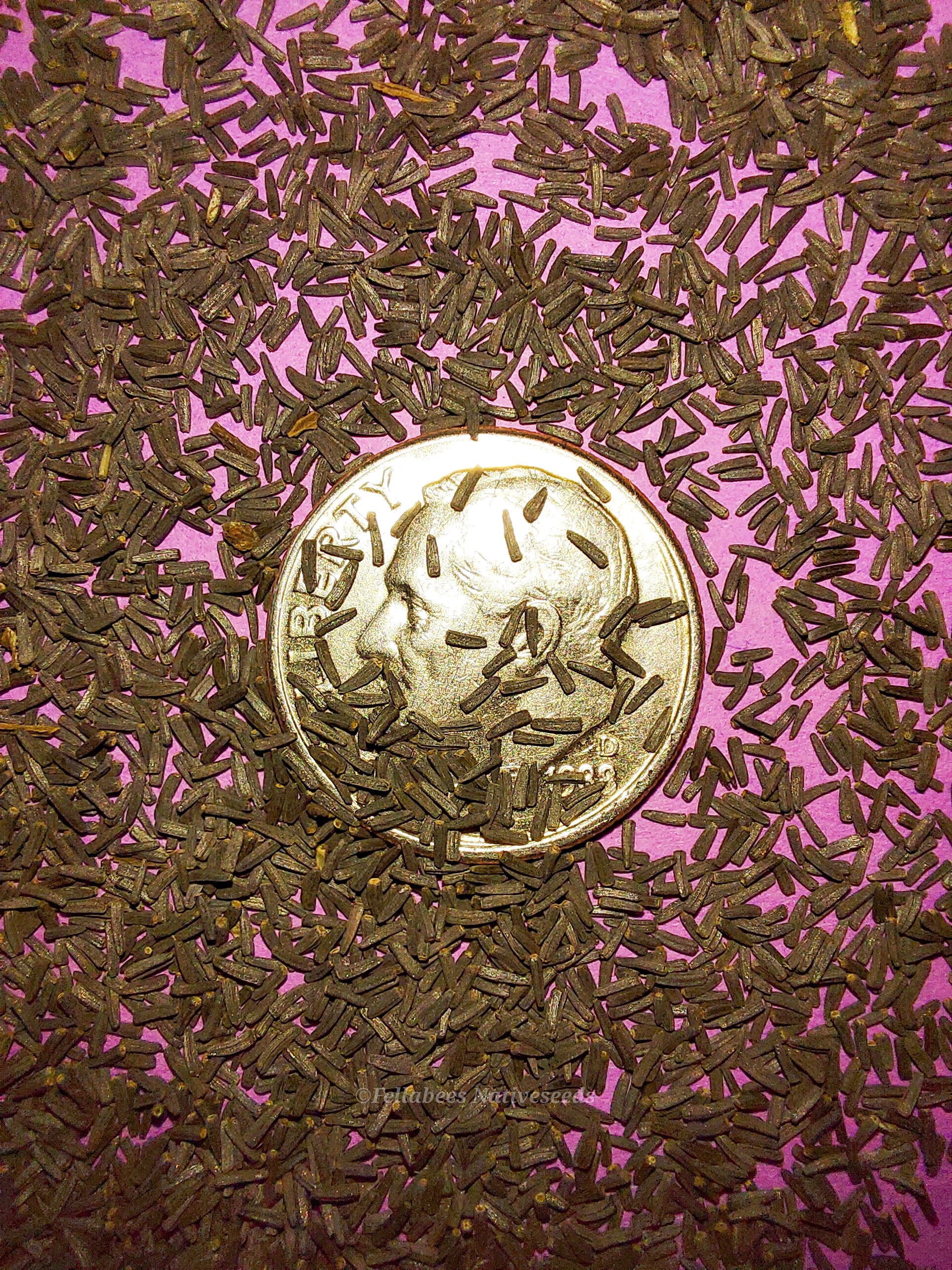 Image 7 of 7
Image 7 of 7








Black-Eyed Susan (Rudbeckia hirta)
Black-Eyed Susan (Rudbeckia hirta)
Rudbeckia hirta, commonly called black-eyed Susan, is a recognizable North American flowering plant in the Asteraceae (Aster) family that is native to much of Eastern and Central North America, and it has been found in all 10 Canadian Provinces and in all of the lower 48 States.
The specific epithet hirta, is Latin for “hairy”, and refers to the trichomes that occur this plants leaves and stems.
Other common names for this plant include: Brown-Eyed Susan, Brown Betty, Gloriosa Daisy, Golden Jerusalem, English Bull's Eye, Poor-Land Daisy, Yellow Daisy, and Yellow Ox-Eye Daisy.
Rudbeckia hirta is widely cultivated in parks and gardens, for summer bedding schemes, borders, containers, wildflower gardens, prairie-style plantings and cut flowers.
Butterfly Attraction
Butterflies are attracted to Rudbeckia hirta. It is a larval host to the Bordered Patch, Gorgone Checkerspot, and Silvery Checkerspot butterfly species.
Indigenous uses
The plant is thought to be an herbal medicine by Indigenous Americans for various ailments. The roots but not the seedheads of Rudbeckia hirta can be used much like the related Echinacea purpurea with claims to boost immunity and fight colds, flu and infections. The Ojibwa people used it as a poultice for snake bites and to make an infusion for treating colds and worms in children.
Plant Details
USDA Zones: 3-9
Germination Needs: 30 Days Cold Stratification
Life Cycle: Biennial
Sun Exposure: Full to Partial
Soil Moisture: Medium-Wet,Medium, Medium-Dry
Plant Spacing: 1 foot
Height: 2 feet
Bloom Time: June, July, August, September, October
Bloom Color: Yellow
Advantages
Pollinator Favorite: butterflies, moths, bees, wasps, beetles
Bird Favorite: seeds, insects, fruit, nectar, nesting, perchs.
Deer Resistant: Yes
Excellent in the home landscape!
.
.
Packet quantities:
We pride ourselves on ethical, hands on, ecological management, using no mechanical or chemical methods whatsoever.
All of our native seed is hand reared, hand picked, and hand packed from native prairies under our exclusive management, never breaking chain of custody from the field until it is sent to you. Each packet is hand prepared for shipment by us, directly.
Small seed species will contain greater than 20-25 seed
Large seed species will contain greater than 10-15 seed
It is our mission to spread the wealth of native plant and pollinator ecological sustainability, and educate back yard gardeners as well as corporate and government entities in how to germinate, grow, and benefit from native synergies.
Thank you for your support, it is because of you, that we can grow together to do, what we do.🐛🦋🐝🐞🌾🌱🌼🧡
Black-Eyed Susan (Rudbeckia hirta)
Rudbeckia hirta, commonly called black-eyed Susan, is a recognizable North American flowering plant in the Asteraceae (Aster) family that is native to much of Eastern and Central North America, and it has been found in all 10 Canadian Provinces and in all of the lower 48 States.
The specific epithet hirta, is Latin for “hairy”, and refers to the trichomes that occur this plants leaves and stems.
Other common names for this plant include: Brown-Eyed Susan, Brown Betty, Gloriosa Daisy, Golden Jerusalem, English Bull's Eye, Poor-Land Daisy, Yellow Daisy, and Yellow Ox-Eye Daisy.
Rudbeckia hirta is widely cultivated in parks and gardens, for summer bedding schemes, borders, containers, wildflower gardens, prairie-style plantings and cut flowers.
Butterfly Attraction
Butterflies are attracted to Rudbeckia hirta. It is a larval host to the Bordered Patch, Gorgone Checkerspot, and Silvery Checkerspot butterfly species.
Indigenous uses
The plant is thought to be an herbal medicine by Indigenous Americans for various ailments. The roots but not the seedheads of Rudbeckia hirta can be used much like the related Echinacea purpurea with claims to boost immunity and fight colds, flu and infections. The Ojibwa people used it as a poultice for snake bites and to make an infusion for treating colds and worms in children.
Plant Details
USDA Zones: 3-9
Germination Needs: 30 Days Cold Stratification
Life Cycle: Biennial
Sun Exposure: Full to Partial
Soil Moisture: Medium-Wet,Medium, Medium-Dry
Plant Spacing: 1 foot
Height: 2 feet
Bloom Time: June, July, August, September, October
Bloom Color: Yellow
Advantages
Pollinator Favorite: butterflies, moths, bees, wasps, beetles
Bird Favorite: seeds, insects, fruit, nectar, nesting, perchs.
Deer Resistant: Yes
Excellent in the home landscape!
.
.
Packet quantities:
We pride ourselves on ethical, hands on, ecological management, using no mechanical or chemical methods whatsoever.
All of our native seed is hand reared, hand picked, and hand packed from native prairies under our exclusive management, never breaking chain of custody from the field until it is sent to you. Each packet is hand prepared for shipment by us, directly.
Small seed species will contain greater than 20-25 seed
Large seed species will contain greater than 10-15 seed
It is our mission to spread the wealth of native plant and pollinator ecological sustainability, and educate back yard gardeners as well as corporate and government entities in how to germinate, grow, and benefit from native synergies.
Thank you for your support, it is because of you, that we can grow together to do, what we do.🐛🦋🐝🐞🌾🌱🌼🧡
Black-Eyed Susan (Rudbeckia hirta)
Rudbeckia hirta, commonly called black-eyed Susan, is a recognizable North American flowering plant in the Asteraceae (Aster) family that is native to much of Eastern and Central North America, and it has been found in all 10 Canadian Provinces and in all of the lower 48 States.
The specific epithet hirta, is Latin for “hairy”, and refers to the trichomes that occur this plants leaves and stems.
Other common names for this plant include: Brown-Eyed Susan, Brown Betty, Gloriosa Daisy, Golden Jerusalem, English Bull's Eye, Poor-Land Daisy, Yellow Daisy, and Yellow Ox-Eye Daisy.
Rudbeckia hirta is widely cultivated in parks and gardens, for summer bedding schemes, borders, containers, wildflower gardens, prairie-style plantings and cut flowers.
Butterfly Attraction
Butterflies are attracted to Rudbeckia hirta. It is a larval host to the Bordered Patch, Gorgone Checkerspot, and Silvery Checkerspot butterfly species.
Indigenous uses
The plant is thought to be an herbal medicine by Indigenous Americans for various ailments. The roots but not the seedheads of Rudbeckia hirta can be used much like the related Echinacea purpurea with claims to boost immunity and fight colds, flu and infections. The Ojibwa people used it as a poultice for snake bites and to make an infusion for treating colds and worms in children.
Plant Details
USDA Zones: 3-9
Germination Needs: 30 Days Cold Stratification
Life Cycle: Biennial
Sun Exposure: Full to Partial
Soil Moisture: Medium-Wet,Medium, Medium-Dry
Plant Spacing: 1 foot
Height: 2 feet
Bloom Time: June, July, August, September, October
Bloom Color: Yellow
Advantages
Pollinator Favorite: butterflies, moths, bees, wasps, beetles
Bird Favorite: seeds, insects, fruit, nectar, nesting, perchs.
Deer Resistant: Yes
Excellent in the home landscape!
.
.
Packet quantities:
We pride ourselves on ethical, hands on, ecological management, using no mechanical or chemical methods whatsoever.
All of our native seed is hand reared, hand picked, and hand packed from native prairies under our exclusive management, never breaking chain of custody from the field until it is sent to you. Each packet is hand prepared for shipment by us, directly.
Small seed species will contain greater than 20-25 seed
Large seed species will contain greater than 10-15 seed
It is our mission to spread the wealth of native plant and pollinator ecological sustainability, and educate back yard gardeners as well as corporate and government entities in how to germinate, grow, and benefit from native synergies.
Thank you for your support, it is because of you, that we can grow together to do, what we do.🐛🦋🐝🐞🌾🌱🌼🧡
